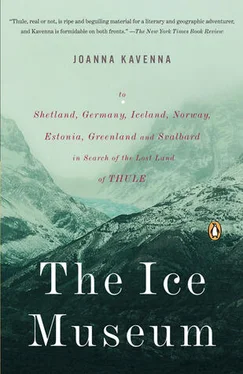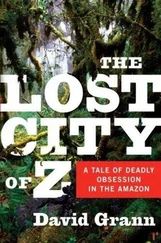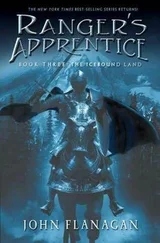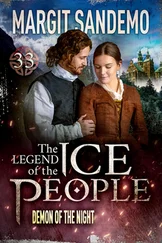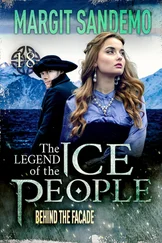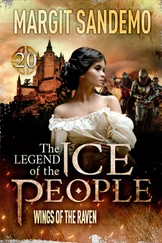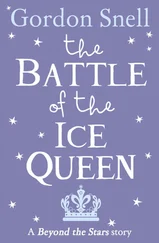In 1940, in Norway, the strains collided. The dream of a land called Thule had compelled Nansen. He had disappeared into the ice talking about Thule, and he had talked about the far north as Ginnungagap, the abyss at the end of the world in Norse legend. He had imagined the North Pole as a giant from a Viking Saga, wrapped in his white shroud, stretching his clammy ice-limbs abroad, dreaming his age-long dreams. He saw his own Arctic explorations as a process of filling in the blanks on the ancestral maps, charting the worlds that the Vikings had imagined—the abyss at the world’s end, Niflheim, Helheim, Trollebotn. Then, years after his polar travels, Nansen drew a direct link between his nation and the land of Thule. He published an immense Arctic history in 1911, entitled In Northern Mists , which ranged from the earliest incursions into the ice, from Pytheas and the Vikings, to the sixteenth century when fleets of British merchant ships sailed towards the White Sea. He was fascinated by the north, by all the ideas encapsulated in the word Thule. In his book, Nansen advanced his own theory of Thule. He thought Thule had been Norway, resolving the ancient controversy in favour of his own nation. He called his country Thule because he felt it was a beautiful land, its fjords and mountains supplying inspiration to the inhabitants, though they were poor.
It resolved more than a classical mystery for Nansen. 1911 was the year that Roald Amundsen reached the South Pole, and Nansen had given Amundsen Fram to sail in, an act of generosity rich in symbolism. Nansen turned away from active exploration, and rolled up all his calculations of the breadth and distance of the ice around the North Pole, his studies of the salinity of the seas, all the scientific experiments he had conducted in the hope that they might bring him a mile or so closer to the Pole. He had originally said he would sail beyond Thule, into the unknown ice around the Pole. But he came home from the ice, and changed his mind. He decided in the end that Thule was Norway, and he found that Thule wasn’t such a bad place to stay. The Tweedies and Trollopes had hoped Thule would be a strange place. But for Nansen, Thule was the longed-for vistas of home, the beauties of his own land.
The ambiguities of the story had compelled him, its combined challenge and warning. Nansen had oscillated wildly, between realism and wild fantasy, between pragmatism and idealism. His interests were never stable; he had tried a variety of disciplines; his talents were wide-ranging. After being an explorer he became a diplomat, then an international statesman. As he accepted he would never reach the North Pole, he turned to memories of earlier travel. He had sailed along the western fjords of Norway in the summer of 1893, on Fram , moving out towards the Pole. He decided these western fjords must have been Thule. When Nansen called Norway Thule, he was a famous man, a recognizable national hero. Anything Nansen said about Norway was of great importance to his country, and six years after Norway had become fully independent, Norwegian history was an emotive subject. Nansen had been a diplomat for his nation; he had even been offered the title of King after independence. Nansen’s Thule was a patriot’s gift to his nation, an attractive piece of symbolism, claiming Norway as the ancient northerly land, the mystery idyll in the far north.
Nansen himself was part of the northern history that the Nazis fixed upon. They wanted to turn Nansen into an ‘Aryan’ hero; Hitler named him as an early inspiration. They offered him the title Übermensch , but Nansen refused it. He remained aloof, a monumental individualist, refusing to fall. He died before the worst began, succumbing to a heart attack in 1930. But his life was touched by the forces that gripped Norway in 1940: Nansen’s assistant in Russia was a man called Vidkun Quisling, a young Norwegian who seemed innocuous enough in the 1920s but who degenerated through the 1930s, selling himself to the Nazis when they invaded his country and leading the collaborationist regime. Quisling took the patriot’s repertoire—Nordic history, exploration, Vikings and Thule—and used it as the Nazis did, to argue for the supremacy of the Nordic race. Ten years after Nansen’s death, Norway was under the control of Nazi forces, its inhabitants struggling under occupation. German boats occupied the northern ports of Norway, intercepting convoys from Russia to the USA. They polluted Nansen’s Thule, his pure landscape, the mountains he loved, with war and violence.
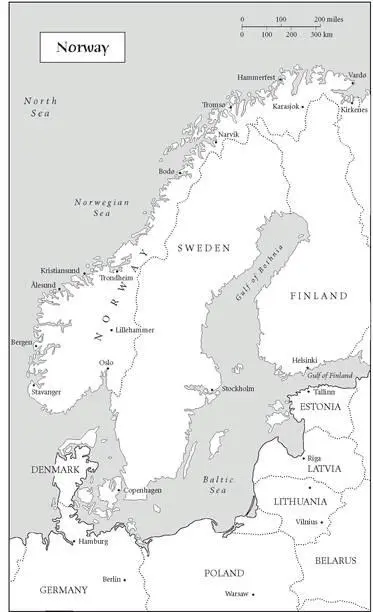
IN THAT UNDEFILED BRIGHT THULE,
THULE OF ETERNAL GAIN
THERE WHERE THE SOUL SEES NEWLY
FROM THE ISLES OF INATULA
TO THE GOLDEN BOWERED BEULA. . . .
IN THAT UNDEFILED BRIGHT THULE
“THRENODY. COMPOSED ON THE DEATH OF MY LITTLE BOY,” THOMAS HOLLEY CHIVERS (1809-1858)
The rain is soaking the bow of the ship and lashing the sides of the fjord. The rocks stand ancient and immeasurable on either side, plunging into the water, their granite faces reflected in the clear waters. I have been standing on the deck for hours now, looking out across the ocean. As light fades, the rain subsides, and the wind strengthens. It forces the water into irregular shapes: curves and taut lines, deep rifts. As the semi-dusk falls, the shapes begin to resemble faces—a sea of faces, grimacing and smiling in the twilight, twitching as the wind blisters the water.
The ship is an old coastal steamer, the fjords are the pride of Norway: the western fjords, stuff of a thousand holiday tours, a thousand tourist brochures. ‘The most beautiful journey in the world,’ the posters announce, ‘the journey of a lifetime.’ The sun is sinking slowly beneath the horizon. The ship moves sluggishly past the vast, high rocks, ploughing a furrow through the shape-shifting ocean. The deck is quiet; the waters are empty, the only motion the occasional blink from a lighthouse, orange flashes against the deep blue of the dusk sky.
The wind is wheezing through the gullies and fissures of the rocks; rustling through the leaves of the light birch trees, darting over the fine satin trails of slender waterfalls, tumbling from unseen heights. We are in a vibrant world of rock and trees, dulled to monochrome for the night: layer upon layer of tumbling mountains and dense green foliage, with crag mountains in the distance and thin rock spits sliding out into the fjord towards the boat. Across the water, there are the faint shadows of small houses, scattered at the base of the immense rock walls. They lie on stubby beaches, where the rocks soften into a horizontal plain, before being swallowed by the sea.
The night is cold. Everyone is below deck, except a lean old Norwegian sailor, in blue overalls, sitting further along the deck. He stares at the water, coughing and rolling a cigarette. He sits out here whenever he can, he says, in dusk shadow or bright sunlight, his hands curled around his cigarette papers, his eyes fixed on the rocks. Earlier, I thrust a map into his hands: ‘Unnskyld, hvor er vi?’ Where are we? Pointing at the map, he coughed: ‘Vi er her.’ We are here. We are in the continuously shifting ‘here’ of the voyage north. We are on the way to Thule, as Nansen saw it, as the Nazis colonized and burned it, as the contemporary tours slide past it on slow-moving ships. In Norway the twentieth century unfurls a series of layers. Nansen’s sense of his country as a beautiful land. The Nazi fantasy about a pure Aryan race, and the northern lands they thought had formed it. The war and its destruction of the quiet towns along the coast. Then there’s the vastness of the mountains, the contours of the fjords as holiday consolation for contemporary travellers.
Читать дальше
